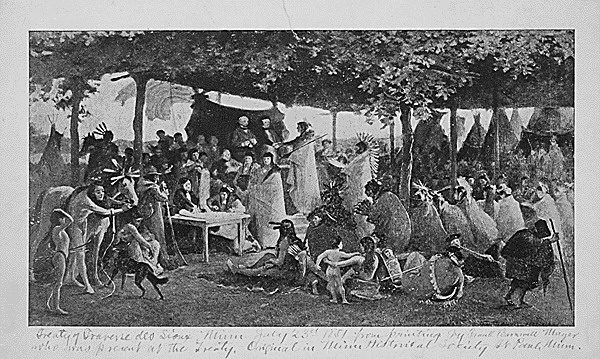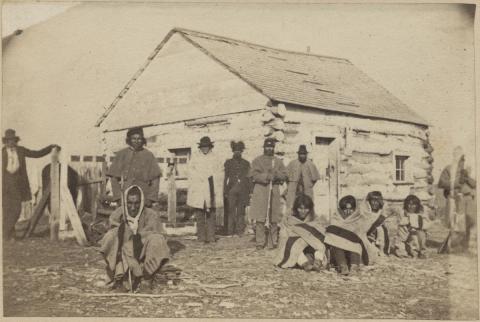150 Years Later

Now, 150 years later, the tribe will finally be able to move on from the horrific past that took away everything from them. Its shocking to see how this artifact managed to survive and resurfaced again after all these years and is now where it should belong.
The Root Should Be Strong

Today, there are not that many left from the Native American tribes, but they believe in the saying, without strong roots, no tree can survive. This pipe is that root for these people which will help the future generations in knowing their history. They will know their point of origin and it would be up to them where they want to go.
Dakota War of 1862

The Dakota War of 1862, is popularly known in the history as the Sioux or Dakota Uprising. This armed conflict between the US army and the combination of several tribes of Dakota Sioux started on August 17, 1862, near the Minnesota River and ended with the horrific mass execution of 38 Dakota men. This six-week-long war came to end on December 26, 1862, Mankato.
Reason Behind The War

Treaties that were made between the US government and the tribes of Dakota from 1805 to 1858 decreased the Dakota lands and which resulted in destroying the lives of Dakota tribe. All these treaties and betrayal from the US government significantly affected the relations between both the parties. During this period between 1805 and 1858, there were continuous treaty violations and unfair payments of their lands made their lives living hell. And because of these factors, the uprising broke out in 1862. But there was this one man who took initiative and strengthened the tribe.
Who Was Chief Little Crow

According to historians, on August 17, 1862, four Dakota men killed 5 white settlers. When the Chief Little Crow heard the news that has happened at the farms of Robinson Jones and Howard Baker in Acton, made him really angry and covered his face in black and mourned the deaths of five killed person. One person even called his act of mourning as an act of a cowardice, to which he replied, “Braves, you are little children — you are fools. You will die like the rabbits when the hungry wolves hunt them in January.” Little Crow loved his tribe and decided to lead the tribe and stated, “Taoyateduta is not a coward: he will die with you.” Curtis Dahlin wrote every aspect of the war in his famous book, “More on the Dakota War.”
Curtis Dahlin And His Significance

Curtis latest book consists of several testimonies from the people who experienced the war of 1862. Other than experiences of these people the book also contains testimony of Dakota people during their trial where they said how different the history and relations between the US government and the Native Americans could have been if the war hasn’t taken place.
